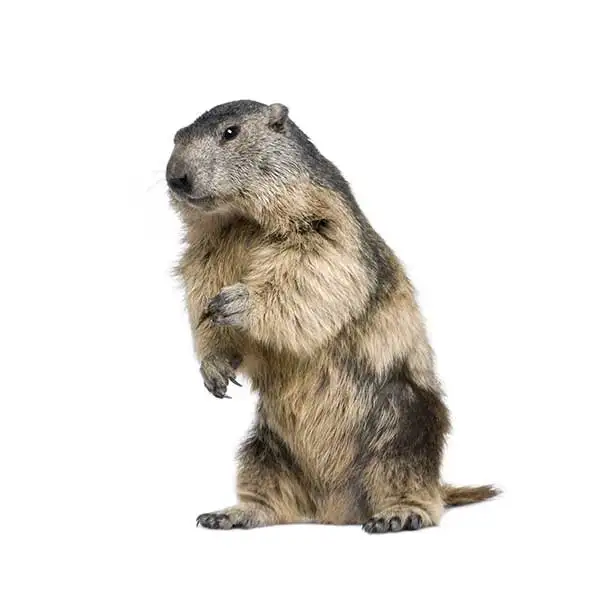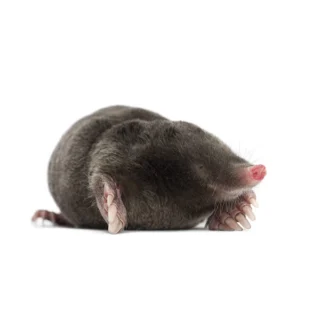Groundhogs in Central Arkansas
Groundhogs, commonly referred to as woodchucks, are large rodents found throughout the United States. They engage in genuine hibernation, accumulating fat in preparation for winter, which they spend nestled in burrows. While prevalent in rural landscapes, groundhogs are also commonplace in suburban neighborhoods. Despite being categorized within the squirrel family, groundhogs possess strong front feet designed for burrowing purposes. Their penchant for burrowing can present challenges for homeowners, often resulting in disturbances to gardens and outdoor fixtures.
Groundhog Habitat
Groundhogs are large herbivorous rodents that maintain a diet rich in fruits, plants, tree bark, and grasses. They construct burrows in close proximity to vegetation, with depths extending up to five feet and containing multiple access points. As the groundhog grows, the entrance hole widens, eventually reaching a diameter of around one foot, often accompanied by a mound of soil. These entrances are typically obscured beneath foliage or concealed with leaves and sticks. The elaborate system of tunnels, spanning underground areas ranging from 8 to 66 feet, remains in use for extended periods.
Groundhog Behaviors, Threats, or Dangers
Groundhogs are generally calm animals that seldom interact with humans, presenting minimal public health risks. They are categorized as nuisance pests owing to their ability to inflict extensive damage to residential gardens, lawns, and orchards through their foraging and burrowing behaviors. Their burrowing behavior has the potential to damage building foundations, create unsightly holes in lawns, and even trigger electrical disruptions by gnawing on underground wires. If an infestation is suspected, contact a licensed wildlife control professional.
Need help with Groundhog control?
Need Pest Control Service?
Leave your information below and we’ll be in touch with a FREE quote!
"*" indicates required fields
*During normal business hours. After hours calls will be returned the next business day.




